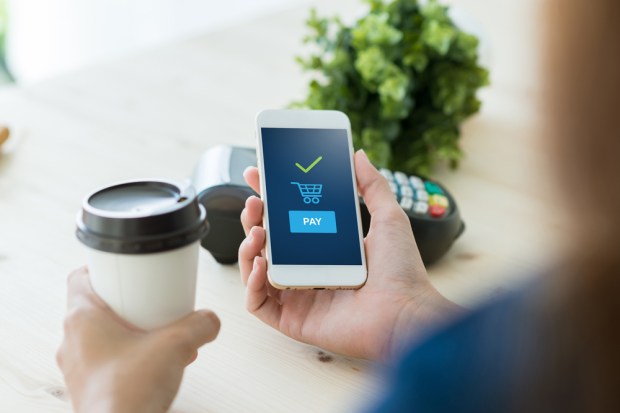Fave: Inside Southeast Asia’s Merchant Super App

Mobile payments penetration has historically faced a gap in Southeast Asia, Joel Neoh, founder of leading regional online-to-offline company Fave, told Karen Webster.
Consumers in locales like Singapore, Malaysia and the Philippines can store payments credentials on their phones and make online purchases with no problem, but it was a different story using them in physical locations. Problems sprang up because there simply wasn’t much acceptance for the idea.
“Three years ago, when we first started, there was a gap in merchant acceptance,” Neoh said. “Well, you need two hands to clap, so we thought: ‘This is a good place to start accelerating. This is eventually going to happen. This is the future.’ Merchants need digitization, and at the core of that is payments.”
Offering More Than Just ‘Vanilla’ Payments
But Neoh added that while payments are the core service necessary to make any transaction happen, a standalone payment is “a vanilla product.” He said Fave can build value-added services on top of payments to make its products more than just a way for merchants to complete transactions, but also an integral part of a customer acquisition and retention strategy.
And while the future is nearly impossible to predict, Neoh said he sees digitization running through the future of commerce in both Southeast Asia and the world in general.
“The common theme is that all of this is actually the expansion of cashless payment and digitization,” he said. “I think on a merchant side, we need to provide the most number of options for merchants to accept payments without cash.”
Making digital acceptance happen for merchants of all sizes started with QR codes given the relatively simple and friction free path to deployment they offer, Neoh told Webster. Post the code, the customer scans it with their smartphones, pays and they’re done.
But the push for Fave has been what else it can integrate with that QR code payment, which is to automatically enroll the consumer into a merchant’s loyalty and rewards program. For example, a consumer buys a sandwich at a local shop, pays by QR code, and she automatically gets rewards points, he said, redeemable at that merchant the next time she visits.
“It’s all seamless — the customer pays, they get that $5 reward or their points issued, and they see it in their app, where it is available for redemption for 90 days,” Neoh said. “Fave reminds our users every month of their points balance and what is expiring. When the customer goes again on their next visit and pays, the app automatically deducts the reward; the [customer] doesn’t have to think about it. That combination of digitizing of the membership experience and the payments — that has accelerated our business exponentially.”
What Comes Next?
Still, Neoh said headwinds remain when it comes to moving merchants across Southeast Asia to digital payments. For example, many merchants worry about the costs associated with card payments, although such fears are diminishing rapidly as interchange fees across the region fall.
But he said merchants also fear taxes. Governments in the region often give full-throated support for digital payments because they make it that much easier for authorities to tax the flow of funds. Small, cash-based merchants don’t see systems that fully declare their income to the government for tax purposes as a winning feature.
It is why across Southeast Asia there has been such massive government investments in digital payments schemes and working with Fave to get the flywheel of digital payments really spinning with merchants. They increasingly see the benefit that the transparency of digital payments adds to the ecosystem as a whole, he said. The trick in bringing them to the merchants is translating that transparency into real value for them.
“Governments [in] general like this digital push because it definitely increases tax revenues,” Neoh said. But for merchants, “there needs to be a middle ground to give them enough incentives to go digital with their business because there’s no incentive to do it if it just costs them [additional tax charges].”
He said Fave tells them that by simply adding digital payment options, they’ll see 80 percent of their customers return. And for every dollar spent on adding incentives, merchants see about $9 or $10 of return.
Moreover, businesses get the advantage of seeing their clients’ purchasing behaviors more clearly.
“You get to see a whole slew of data about your customers — when they come in, what their demographics are, who’s spending more, who’s spending less, who’s repeating,” Neoh said.
That’s the very non-vanilla side of what going digital offers merchants — as well as what’s increasingly overcoming headwinds to its greater adoption.
“If you couple QR together with cards and provide that full suite of payment acceptance that captures different formats, that is what the merchant needs,” he said.
